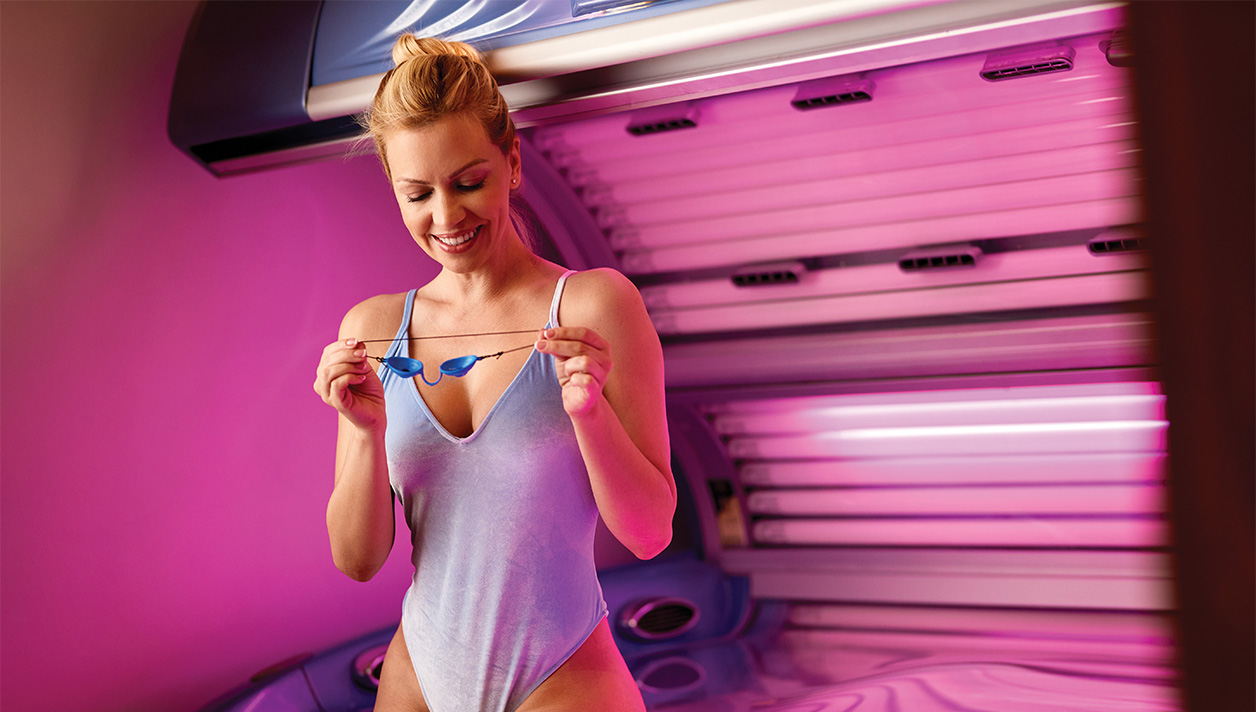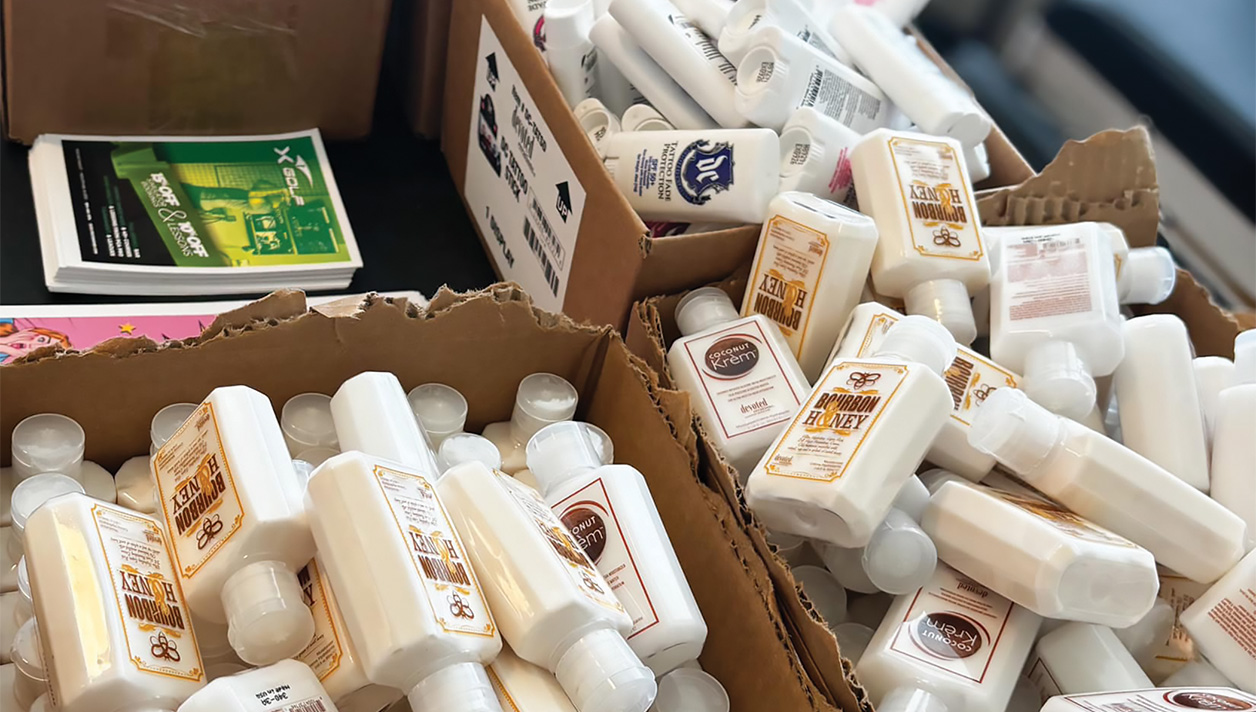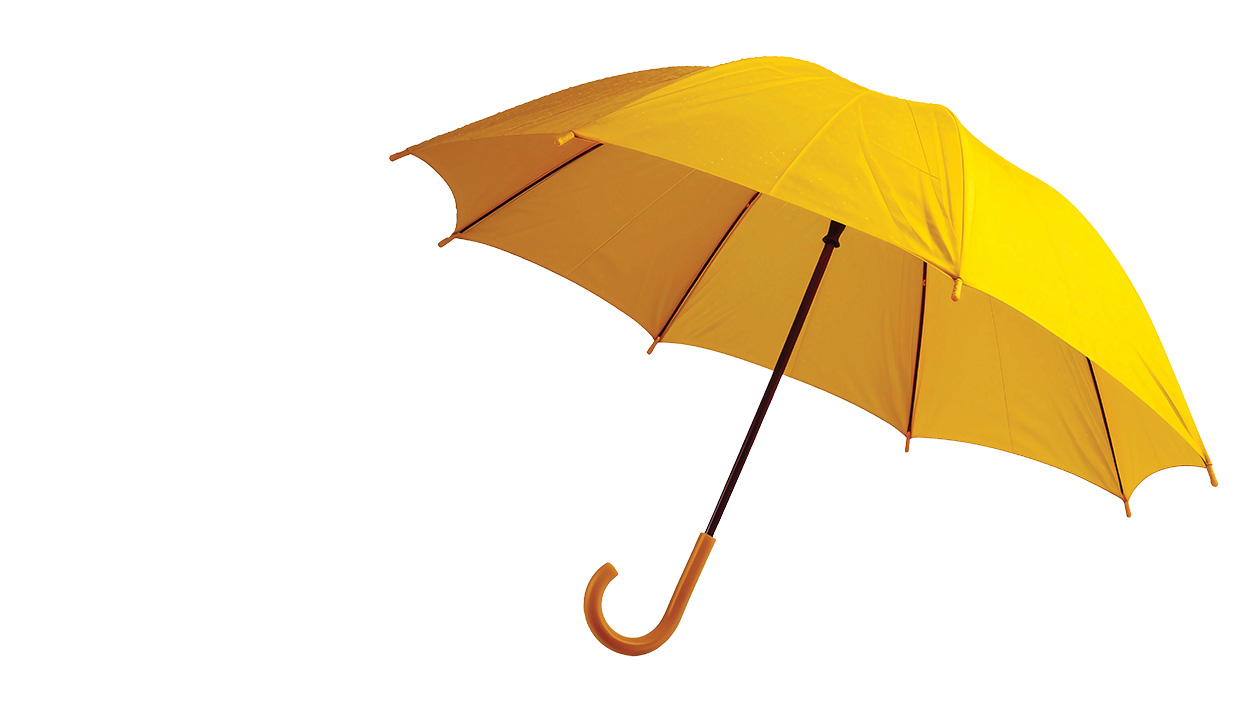There have been many changes in the indoor tanning industry over the past decade. One of the most noticeable is the number of salons that have changed hands. In some situations, the same salon has sold two or three times within just a few years.[gap height=”15″]
At a recent seminar, my presentation included an informal poll of the audience asking, “How many people entered the tanning industry by purchasing an existing salon?” It appeared that almost 30 percent of the audience raised their hands.[gap height=”15″]
Turnover occurs in every industry and is actually very common with beauty salons, tanning salons, day spas and health clubs. What is unusual however, is the wide range of price points being paid for tanning salons. In one part of the country, a ten-unit salon with good equipment and a solid sales history was purchased for less than $10,000. In another region, a salon with similar equipment and history, etc., sold for more than $200,000.[gap height=”15″]
In analyzing the available data, I have found that in many cases, salon owners have dramatically underestimated the true value of their salons. Yes, in some situations, there are extenuating circumstances that have forced the owners to sell at below-market prices. However, a major reason is that many of these sellers are the second or third owners of the business. And since they themselves did not build the salon, purchase the equipment, establish the business, etc., they have not recognized the true value of several key assets.[gap height=”15″]
To provide some expert advice on how to determine the value of a tanning salon, I contacted my friend and former co-worker, Steve Sharp, who is now a business broker with First Choice Business Brokers. Steve worked in the tanning industry for more than 20 years, and his experience provides a unique perspective that can help salon owners to better understand the true value of their businesses. [gap height=”15″]
Jerry D: When someone is looking to buy or sell a tanning business, what factors should they consider when placing a value on it?[gap height=”15″]
Steve: The most important factor is net profit – and this needs to be validated by tax returns and supported by an audited profit and loss statement. Once you have established the true net profit, you can then value the business by multiplying the net profit by a factor. For the tanning, beauty and spa industries, the multiple is usually 2 to 2.5 (X) net profit. For example, if the business can prove that is has a net profit of $75,000, then it can typically be worth an amount in the $150,000 – $187,500 range.[gap height=”15″]
It is important to note that other industries can command higher or lower multiples. This is attributed to the type of industry, longevity, ease of entry into the field, etc.[gap height=”15″]
Jerry D: When valuing a business, what are some of the undervalued assets that people may overlook? [gap height=”15″]
Steve: While the bottom line of the tax return provides a solid starting point, you also need to review the profit and loss statement. This may reveal expenses that lower the overall business profit, but are still a potential source of income for the business owner.[gap height=”15″]
For example, if legitimate costs for the owners’ salaries, cars, cell phones, health insurance, travel, etc., are expensed through the business; in reality, this can be additional income. The potential buyer has the choice to run or not run these expenses through the business. This, in turn, will impact the bottom line. The seller should itemize these expenses to help support the true net profit and value of the business.[gap height=”15″]
It should also be noted that salons where a manager runs day-to-day operations, as opposed to the actual business owner, usually command a higher selling price. The new owner may elect to run the business themselves, thus allowing the manager’s salary to be considered part of their potential income.[gap height=”15″]
Jerry D: Other “assets” that I have noticed are not truly appreciated are the upgrades to electrical service, air conditioning, plumbing, etc. In some cases, the original business owner may have spent tens of thousands of dollars to accommodate the salon equipment. Do these have value?[gap height=”15″]
Steve: Since you can’t take them with you or resell them, they technically do not add value from a hard asset standpoint. However, the seller and buyer should appreciate the true “cost-savings” such upgrades present. [gap height=”15″]
For example, let’s say that there are two salons for sale in the same area. Both have similar equipment, sales history, etc. However, one has had $50,000 in upgrades (air conditioning, electrical service, etc.) already built into the location, while the other would require a large capital investment on the buyer’s part to expand the business. In this case, you would have to give strong consideration to the business that has upgrades already paid for and completed.[gap height=”15″]
Jerry D: I can attest to the above point from personal experience. A few years back, one of my clients was considering opening a new location. She had a choice between renting a standard “box-type” unit in a new strip center, or a former ice cream shop that she’d convert to a salon.[gap height=”15″]
While evaluating each location, I asked her to check to see how many amps of electric, and how many tons of air-conditioning were already available in the ice cream shop. The shop had 800 amps of electric (3-phase) and 15 tons of A/C.[gap height=”15″]
The standard “box” had only 200 amps (single-phase) of electric and two tons of A/C. It would have cost upwards of $40,000 to upgrade the standard space to accommodate tanning services. Having such information made the decision very easy.[gap height=”15″]
Jerry D: What other formulas can be used to value a business?[gap height=”15″]
Steve: In some situations, we can use 50% of gross sales to determine value. If the business is grossing $200,000 per year, we may be able to value the business at $100,000. ($200,000 x 50%).[gap height=”15″]
Another formula uses a multiple of 1(x) net profit + the value of hard assets.[gap height=”15″]
For example, if the business can prove a net profit of $50,000 and then also has hard assets of $50,000 (equipment, inventory, computers, etc.), then we may be able to value the business at $100,000.[gap height=”15″]
Jerry D: That’s some great advice and guidance, Steve. Thank you from everyone at IST Magazine.[gap height=”15″]
To summarize: While buying or selling a tanning salon can have its challenges, it can also be very rewarding for both parties. The key is to carefully evaluate the business from all sides and have solid documentation of sales, profits, expenses, assets, etc. [gap height=”15″]
I always advise my clients to consider the following when buying or selling a salon: [gap height=”15″]
• How much would it cost you to open a similar business from start to finish?
• How does this cost compare to the purchase price of the established salon?
If you would like additional info on buying or selling a salon, write to me at jerry@istmagazine.online.[gap height=”15″]
The key is to carefully evaluate the business from all sides and have solid documentation of sales, profits, expenses, assets, etc.
























